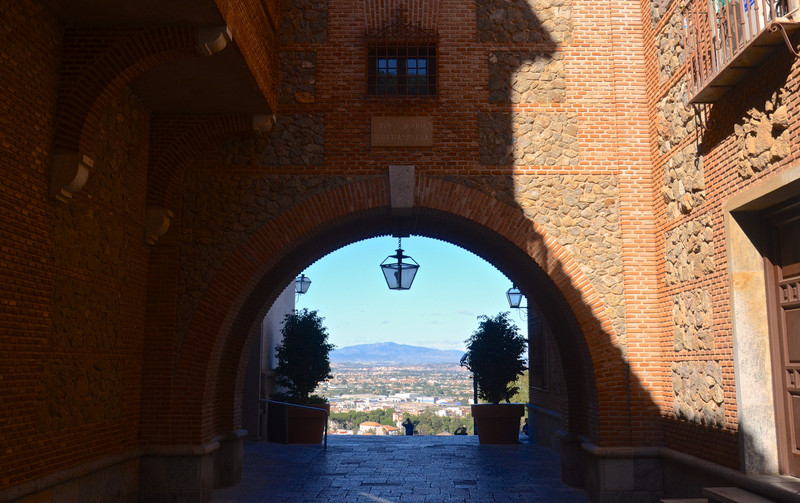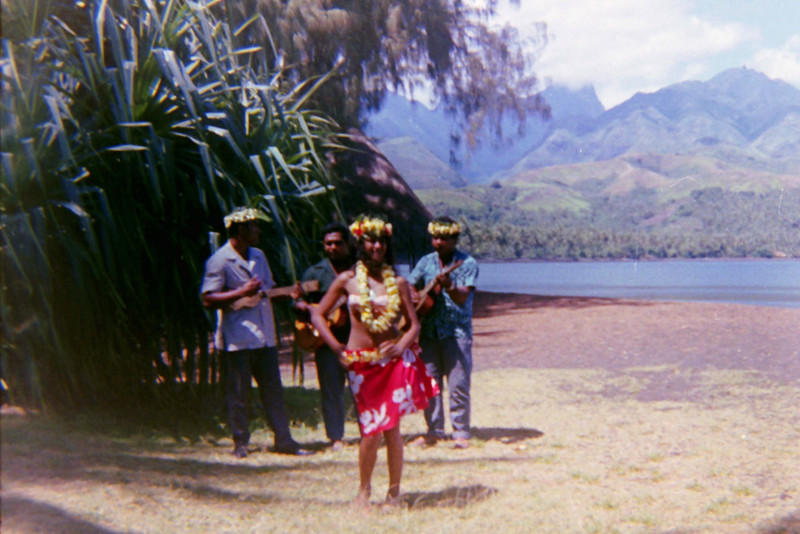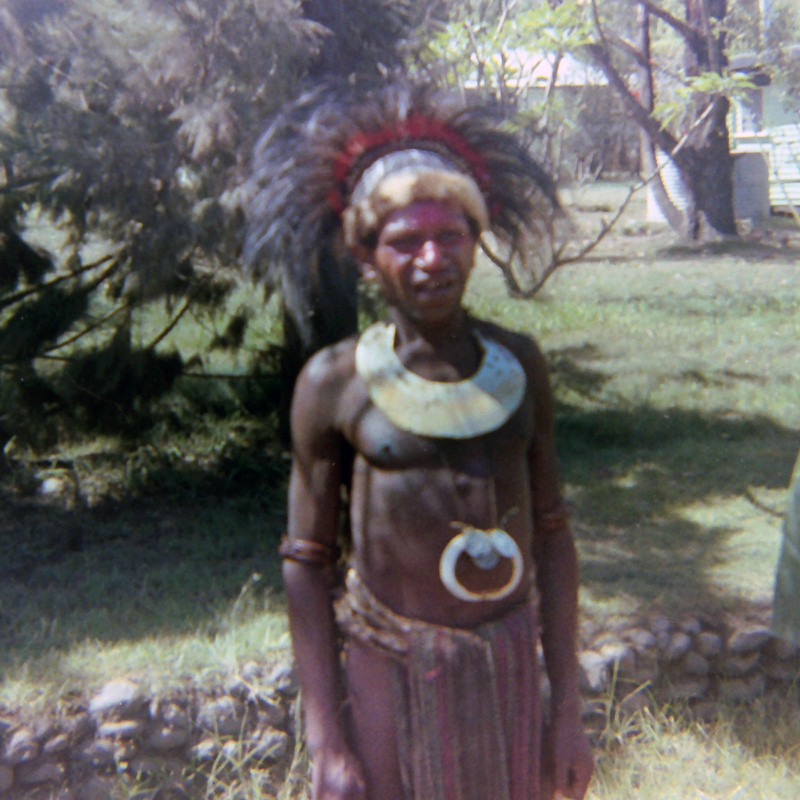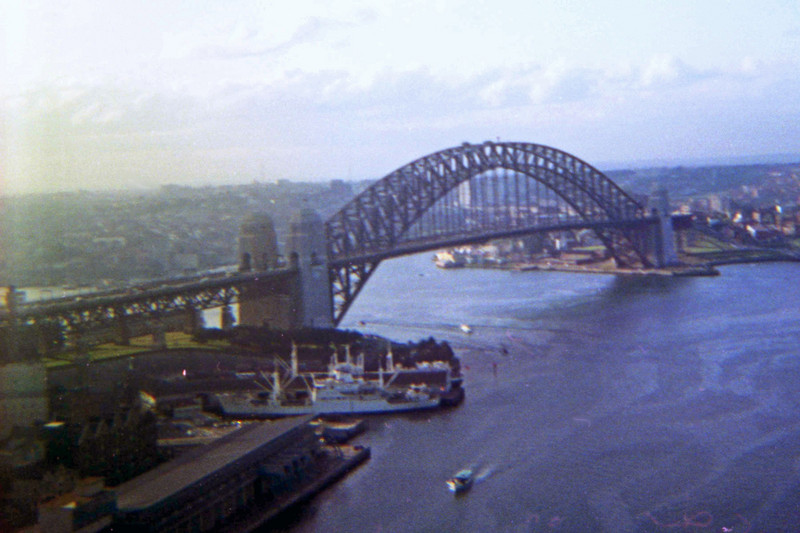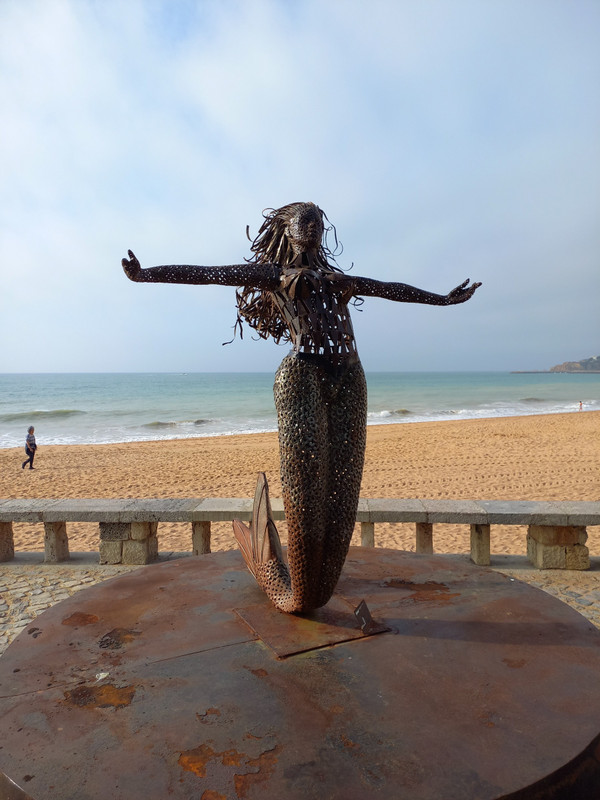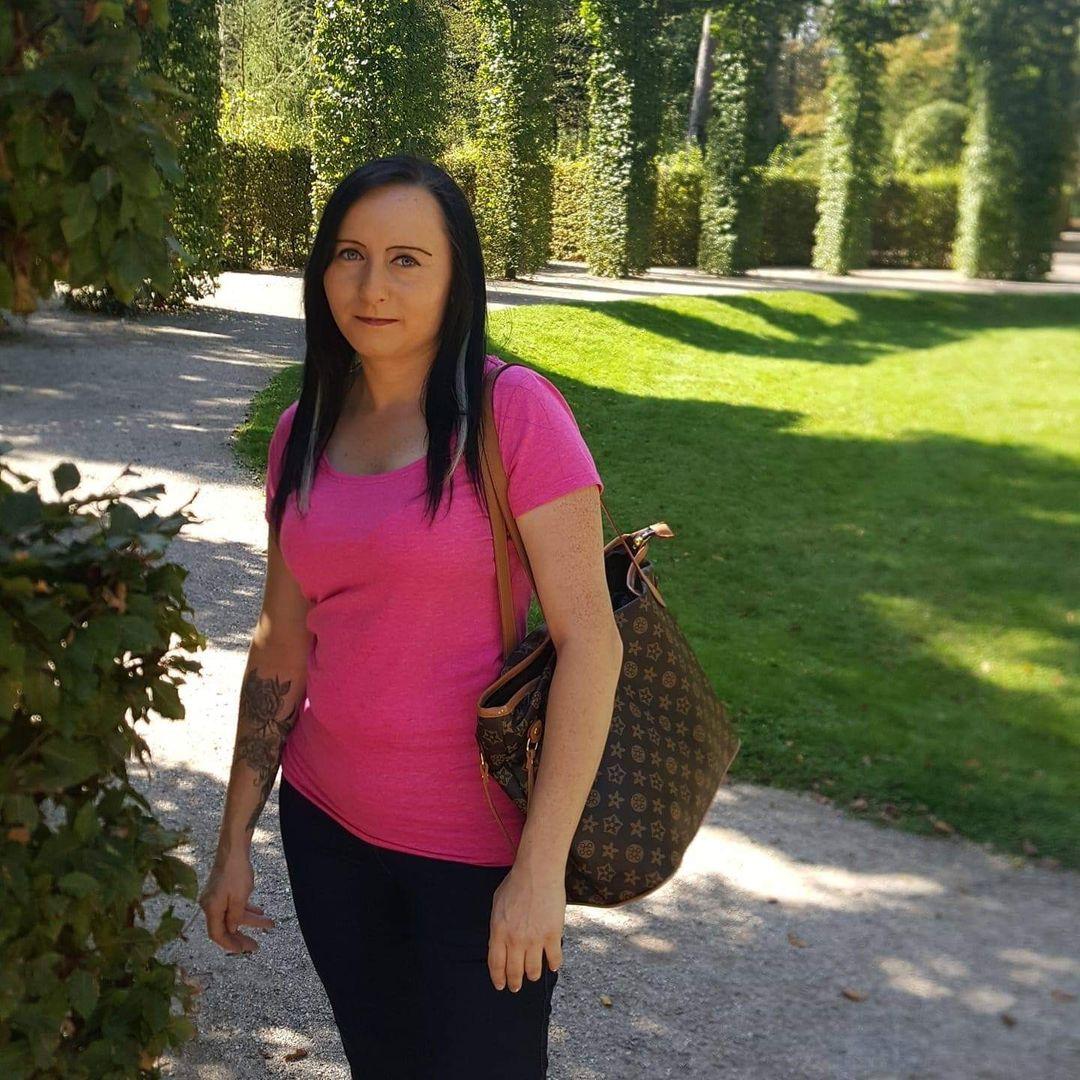After our first night aboard ship we woke well rested and eager for the day ahead. We enjoyed an excellent breakfast with a view of the water as the ship moved swiftly toward our first destination. By 10:00 am the ship had docked at Pier Alfonso XII Cruise Terminal in the natural harbor of Cartagena. This important harbor was established as a major naval center by the Carthaginians in 227 BC. Cartagena was a booming place during the Roman period. Today the harbor is still a busy port and important naval base, capital of the Spanish Navys Maritime Department of the Mediterranean since the Spanish Bourbons in the 18th century, but from our vantage point all we could see were hundreds of masts of pleasure boats anchored cheek and jowl. With more than 3,000 hours of sun a year and mild year round temperatures, its no wonder this is a popular destination.
From our ship we could see Conception Castle perched high on Conception Hill overlooking the harbor. This castle was built on a Roman temple which later turned into a Moorish fortification under Muslim rule in the 12th century. After the Christian conquest it became
a medieval fortress. During the Spanish Civil War it was used as a lookout for bombs. Over the centuries, this was a busy place!
We were soon off the ship heading for our first ships tour, The Best of Cartagena and Murcia. It was scheduled from 10am - 5pm, a 7 hour tour. By 10:00am we were off to the city of Murcia, only 31 miles north of Cartagena, a short van ride from the port. Our ride took us past flat farmland accented with the occasional hill. Murcia is known for its lemon industry and there were many plantations around the region. Industry was interrupted by a small ruin or two, a reminder of the past that formed this region.
Our first stop was at the 17th century religious Santuario de La Fuensanta, Our Lady of the Holy Fountain. This sanctuary honoring the Virgin Mary is perched high with lovely views of a natural park overlooking the city of Murcia and the Segura valley. The churchs construction began in 1694 and the final touches of the facade, designed by Toribio Martinez de la Vega, in 1705. The facade reliefs and sculptures were designed by
After all this buildup, I thought the clean lines of the white exterior of this church did nothing to prepare you for its beautiful interior. The inside, although not enormous as other religious structures, gives a warm and intimate feel, as though you were immediately upon entering. Passing the pews, at the far end, the altar has a spectacular gold statue of the Madonna that rises above and behind the figure of Christ. The dome ceiling that hovers over the altar is white, blue and silver, a beautiful contrast setting off all that darker gold below. When we were there, fresh bouquets of white flowers decorated the altar. Adjacent to the church is the convent and a Benedictine Monastery nearby where Jesuit priests were quietly praying in these early morning hours.
We left the religious hilltop to their prayers and and solitude and headed back down into the historic center of the city of Murcia. It is believed that Murcias name came from the Latin word Myrtea which means land of the myrtle. I remembered the myrtle hedges at the Alhambra and we were told that myrtle is found in
this region. This ancient city was founded in 825 by And II who was at that time, the emir of Cordoba. The influence of the Islamic culture in this region has lasted over more than 500 years. We wound around through narrow streets to the 100 year old town hall on the Plaza del Ayuntamiento, an impressive modernist Belle Epoque wonder as we listened to our guide explain the history of this region.
As we explored the old quarter with its magnificent cathedral we were told the ornate Cathedral de Santa Maria, like many in Spain, grew from the foundations of an enormous Muslim mosque.
